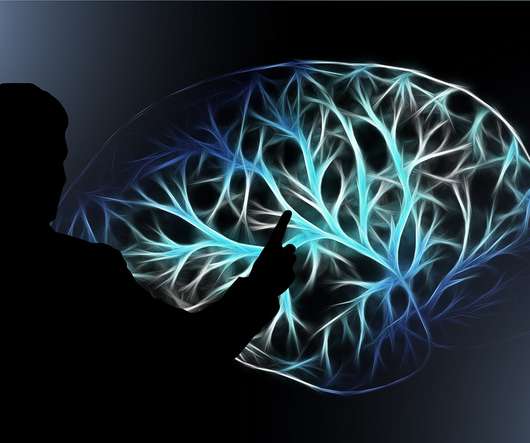Implementing Artificial Neural Network on Unstructured Data
Analytics Vidhya
AUGUST 7, 2021
ArticleVideo Book This article was published as a part of the Data Science Blogathon In the last blog, we discussed what an Artificial Neural network. The post Implementing Artificial Neural Network on Unstructured Data appeared first on Analytics Vidhya.
















Let's personalize your content